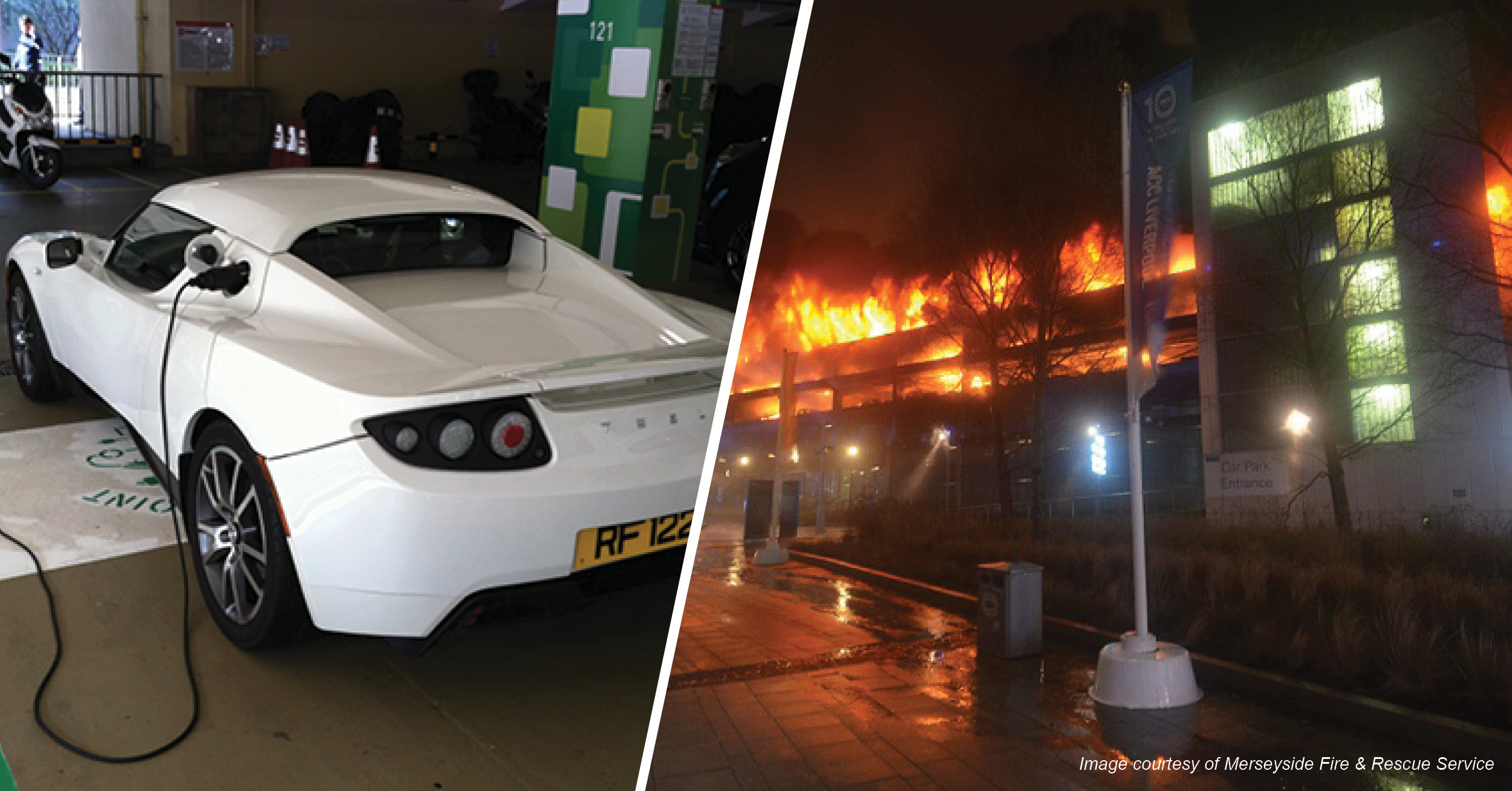Contact one of our friendly team if you would like more information.
References:
[1] Kutschenreuter, M., Klüh, S., Fast, L., Lakkonen, M., Rothe, R. and Leismann, F., Fire Safety of Lithium-Ion Traction Batteries.
[2] Boehmer, H.R., Klassen, M.S. and Olenick, S.M., Modern Vehicle Hazards in Parking Structures and Vehicle Carriers.
[3] Linja-aho, V., Hybrid and Electric Vehicle Fires in Finland 2015–2019.
[4] Ditch, B., 2018. The impact of thermal runaway on sprinkler protection recommendations for warehouse storage of cartoned lithium-ion batteries. Fire technology, 54(2), pp.359-377.
[5] Ditch, B., 2016. Development of protection recommendations for li-ion battery bulk storage: sprinklered fire test. FM Global.
[6] Long, R.T. and Misera, A.M., 2019. Sprinkler Protection Guidance for Lithium-Ion Based Energy Storage Systems. Fire Protection Research Foundation.
[7] Weewer, R., Rosmuller, N., Molenaar, J., 2019. The Dutch procedure for the fire service response to electrical vehicle accidents and fires by the fire service. The Institute for Safety.

